Nick Collins is the leader of 510 Hikers, a weekly hiking group with a mission to diversify the outdoors.
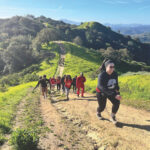
Sign up for our free weekly newsletter and understand everything better!

Nick Collins is the leader of 510 Hikers, a weekly hiking group with a mission to diversify the outdoors.

Yakuta Poonawalla first hiked in the Himalayas at age 15. “My mother was one of the first people in my life who, when I came back from my treks in the Himalayas, she would say ‘નૂર, તમારા ચહેરા પર નૂર … Read more

The city’s draft urban forest plan has drawn more than 800 comments—many clamoring for more native trees.
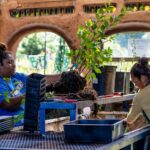
“Nobody’s got our kind of re-entry program that mixes soil, re-entry, healing, and good pay,” says Planting Justice’s operations manager, Lynn Vidal.
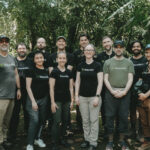
With the help of a $10 million startup grant iNaturalist has separated from the California Academy of Sciences and National Geographic Society and become its own independent, 501(c)(3) nonprofit organization.
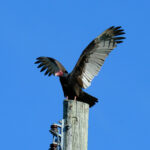
Here’s a look at how birds beat the heat along with some ways you can help. As SFBBO researcher Katie LaBarbera says, “these are birds trying to survive in the crevices in our world.”
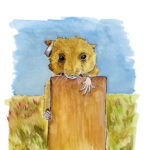
Salt marsh harvest mice are hard to find, and their fates offer a glimpse at our own coastal society’s future. A reporter tags along on an epic rangewide survey of salties—the Bay Area’s own endemic mouse species.
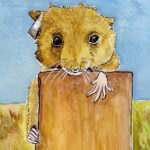
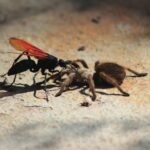
When it comes to motherhood, it doesn’t get much more extreme than tarantula hawk wasp moms, known to duel tarantulas—and win.

“What if we were all leaders?” says Hernández, director of programs and partnerships at YES Nature to Neighborhoods, a Richmond-based nonprofit. “Because we all have it. It’s in us. It’s a matter of nurturing it, and polishing it, and putting it out in the world.”